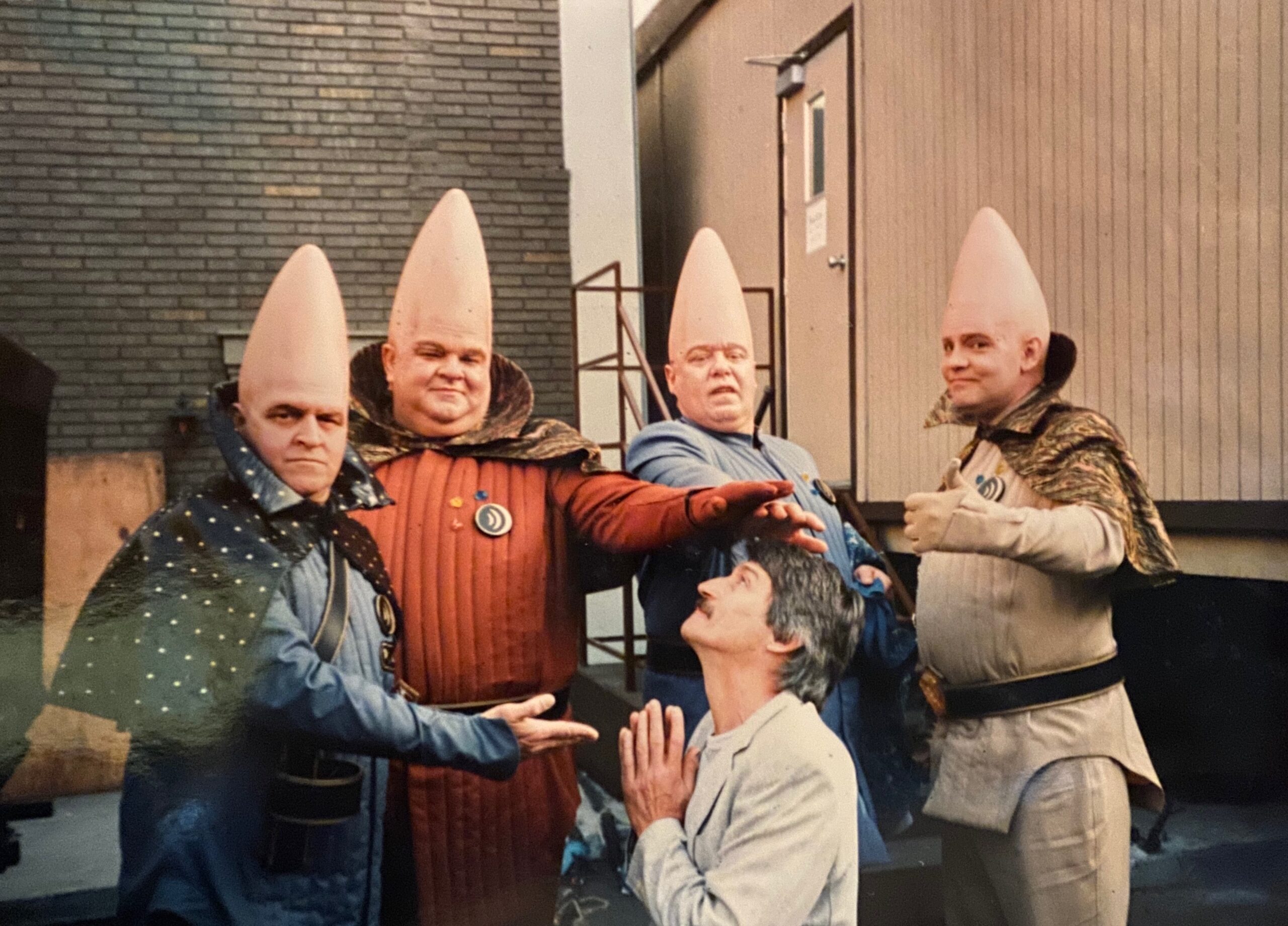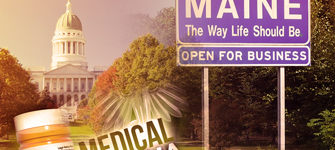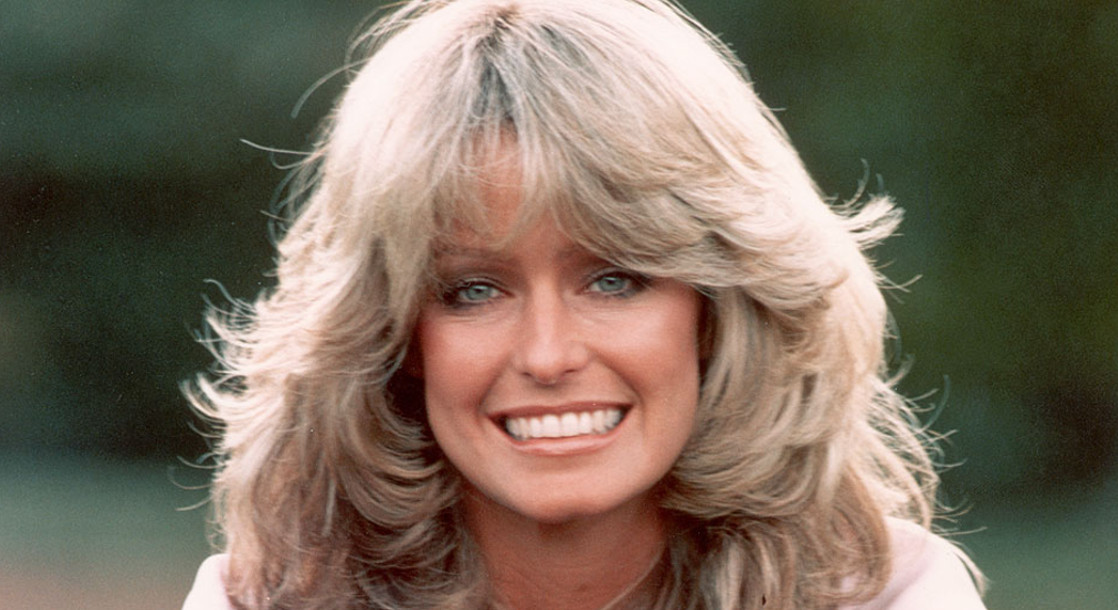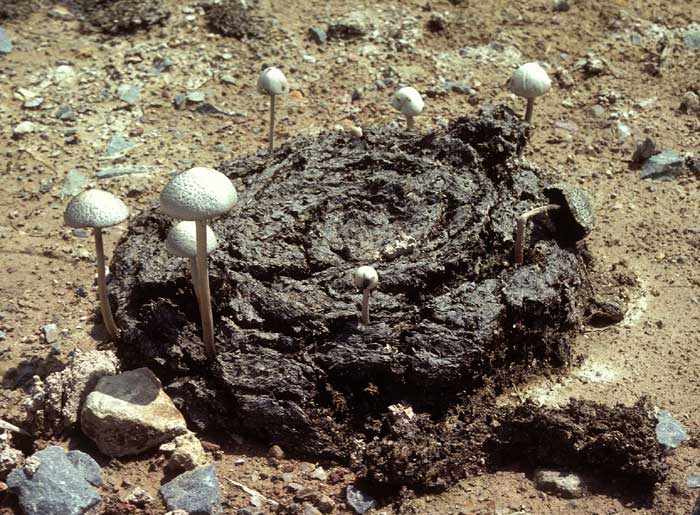Captain Jack Sparrow, the rum-drunk pirate made famous by Johnny Depp in Pirates of the Caribbean, is probably who you think of when you hear the name “Captain Jack.” But there’s actually a Captain Jack who exists IRL and is way more rock n’ roll than the fictional Disney character. The real Captain Jack was the go-to weed dealer for the original cast of Saturday Night Live.
His weed ushered in a beloved era of ’70s pop culture. He grew and sold Afghanica flower, one of many mystical landrace strains grown in Afghanistan’s Hindu Kush mountain range that, according to Jack, yielded an incredibly euphoric, creative high. SNL’s writers and cast members were so enamored with the strain, they regularly hotboxed their offices in 30 Rockefeller Plaza. The building always stunk of Afghanica, which quickly became known as the “smell of SNL.”
“The show got successful really fast,” said Jack, who explained he was talking to me on a 20-year-old burner phone from his “little crib in the swamp” on a New England coastline. “So, there was a lot of leniency around their behavior. In those days, you could do no wrong backstage at 30 Rock. That cast was too valuable to NBC.”

Courtesy of Captain Jack
But Captain Jack didn’t just stumble upon Afghanica flower and start selling it to a historical cast of comedians. By the time the members of SNL got ahold of Jack’s strain, he knew how to grow the flower to its fullest expression. He also had a deep connection with the plant — one you only develop after traversing thousands of miles to get it.
Jack spent the summers of 1971 and 1972 making trips to a remote village in the Northeastern region of Afghanistan. It was outside of Mazar-i-Sharif, just past the Hindu Kush mountains. Many smugglers, like Ronnie Bevan from the Brotherhood of Eternal Love — the iconic Southern California group who distributed Orange Sunshine LSD and Afghani Primo hash to awaken the world in the ’60s and ’70s — descended upon the area in order to score bricks of hashish to send to the US. “Everyone was really friendly in Afghanistan. It was so much different then than it is now,” Jack said. “It wasn’t a paranoid experience whatsoever. It was just extraordinary over there.”
Jack hasn’t been back to that part of the world since the summer of 1972. That’s when he was gifted a handkerchief full of Afghanica seeds by elders from the village around which he visited. He earned their trust by working in the cannabis fields with them, where he developed a spiritual relationship with the plant — a relationship the elders also recognized. “I really treasure the time that I got to spend there,” said Jack. “I was devastated when I got the heads up that it wasn’t going to be the same there anymore.”
Cannabis changes when it’s infused with spiritual depth, and when it comes from a region whose people have cultivated, loved, and connected with it for generations. Afghanica’s sensuous zing was undoubtedly felt by the cast who smoked it.
“Dan [Aykroyd] and I were talking one night out on Jim [Belushi]’s farm, and he said there were so many ideas that came to the cast while using [Afghanica],” Jack said. “He then rattled off the Coneheads, the ‘Cheeseburger Cheeseburger’ sketch, and went through a litany of brilliant material. So, even he laughs about how creative and great this cannabis is.”
The best part is that the Afghanica strain still exists — and Captain Jack, an “obsessive-compulsive” seed breeder, grows it for Jim Belushi’s weed farm. Gulzar Afghanica, or “Garden of Afghanica,” is one of the most popular strains offered in Belushi’s flower repertoire. Belushi’s Farm also teamed up with Select and Curaleaf to offer Gulzar Afghanica in a vape oil, which is reportedly flying off the shelves in Oregon.
But how, exactly, did Captain Jack keep this sacred strain alive after all these years? What was it like selling weed to celebrities in New York through the ‘70s? And did he ever run into famous hash smugglers, like the Brotherhood of Eternal Love, while searching for cannabis? MERRY JANE caught up with the Captain to discuss the highlights of his past and what filming Growing Belushi was like, a Discovery Channel TV show about life on Jim Belushi’s 93-acre weed farm.
*This interview was edited for length and clarity.

Courtesy of Captain Jack
MERRY JANE: Tell us what Growing Belushi is about in a nutshell.
Captain Jack: The show is about Jim [Belushi]’s experience getting into the business, and telling his family that he’s going to start a weed farm, even though they didn’t think it was a good idea at the time. It details what life is like on the farm — it’s real, things can definitely go wrong (laughs). There’s one scene that shows me getting mad at him. Someone asked, ‘were you really mad at Jim?’ and I was like ‘Oh yeah’ (laughs). It’s not just some cut-and-dry show about plants. It’s got a real sense of humor.
How did you end up getting the Afghanica strain?
Things were getting whackier and whackier by the ‘70s, but I had my own little cannabis garden at that point. I hooked up with some friends from Canada who told me they went far east. When they saw what I was growing, they said, “The stuff in Afghanistan doesn’t look like that.” They described it as purple and red, and much more robust-looking than what I was growing and the weed that was available in the area. It was all the feathery South American and Mexican stuff at the time. I knew as soon as they said that I was going traveling.
I used the few bucks I had and went over to Afghanistan. I had hosts while I was there, but some mutual friends told me about people I was supposed to go and see while out there, if you know what I mean. (Laughs)
It was so peaceful and nice in Afghanistan. It was one of the only times, I think in about a span of 45 years, that the country wasn’t at war. Everyone was so friendly. It wasn’t a paranoid experience whatsoever. Through the elders in a village I frequented a lot, I got the Afghanica seeds…The seed has been kept true to form after all these years. It’s never been hybridized, which everyone got into hybridizing plants and putting crazy names on it. That’s the market today.
But I kept close track of the mother and father plants while reproducing. My plants have never been tweaked in a laboratory or compromised with chemicals. They’ve only been finessed by nature and groomed by hand to maintain the sanctity of old-world Afghani cannabis.

Courtesy of Captain Jack
How did you get the nickname ‘Captain Jack’?
I love to fish! I ran a commercial tuna boat for 25-years. I used to send giant tunas to Tokyo. We didn’t use anything harmful to the ocean or other creatures, like dolphins, while fishing, either — none of that nastiness. It was all rod-and-reel, so it was really man versus wild.
But as a job, I loved it. I love fishing. Who wouldn’t wanna get away from humanity occasionally for a while? Out in the middle of nowhere, with you and the stars and every other thing you see on the nature channel. It’s incredible. Long story short, that’s how I got the name Captain Jack (laughs).
So, there was a famous group of hash smugglers from the West Coast called the Brotherhood of Eternal Love. They’d go to Afghanistan to bring back Afghani Hash. Have you heard of them?
Have I heard of them?! (Laughs) Yes, I’ve heard of them! I definitely ran into a few of them in — uh, various places (hysterics).
I recently read Ronnie Bevan’s book Brotherhood Hashish about his travels out to Afghanistan and got to spend some time with him before the pandemic. The timeline of your journeys out there align!
I definitely know the name! I think we knew mutual people out there — see, my seeds come from very pedigreed sources (Laughs). But, their MO was bringing back pounds of hash and mine was more getting seeds to bring back and smoking as much stuff as I possibly could while I was out there. (Laughs). I smoked a lot of hash, I won’t ever forget those pieces of hash shaped like surfboards.
Tell us a fun memory you have about smoking Afghani hash.
I had the pleasure of participating in a lovely afternoon of smoking hash, while it was being hand pressed for me. It was such a beautiful experience. Then, my buddy, who was also my host, pulled out a ball of resin from behind a board in the wall that was right next to my bed. I had no idea it was there. It was about the size of a softball — but it was reddish, which is a sign that it was from Lebanon, not Afghanistan.
He had it in some plastic wrap and told me to follow him. We went into this room where there was this huge bubble pipe. I’m not talking about one of those basic things with the hoses. I’m talking about a bubble pipe with a big, big chillum on top of a stem, which was connected to a huge vase full of water. The whole contraption was between five and six feet tall. It held a couple of ounces of hash at once.
There was a small charcoal fire going in front of us and we’re all kind of sitting around in a circle on carpets and pillows and stuff. My buddy throws the ball of hash on the fire, poking it to get it just right. His friend came in who had hands like catcher’s mitts. They were heavy with callouses — he was the guy who made the softball. Pretty sure we smoked some of that guy’s skin. (Laughs)
But with his bare hands, he took the ball of warmed-up hash, put it between his hands — heel to heel moving in opposite directions — and fanned that thing out like a deck of cards. Then he’d fold it and fan it out again and refold it and fan it out. He did this for about 15-20 minutes. Then by the time he was done, it looked like a massive, black pizza.
So then I laid on my back on a charpai, this little rope bed thing, and I dropped the black pizza on my face. We weren’t worried about Coronavirus then (Laughs). We picked parts off my face and put it into the pipe and just smoked and smoked — and then lay down. It was quite the operation there. I won’t ever forget it. That was the height of cannabis smoking then!
You became an A-list celebrity weed dealer. How did you get the Afghanica strain into the hands of people at SNL?
It was easy. When you have good shit, people will find you.
I had just finished up my last journey over to Afghanistan, and how do you ever meet anybody? Through friends of friends. I lived very close to New York City, anyway, and we used to always have a big get-together at a friend’s farm in the Catskill Mountains just outside New York every summer. It was called the “Burn-a-thon,” where we would invite all the neighbors and people around to have a big bonfire. They were invited to bring any crap they wanted to burn and throw on the fire, and it would be like a two or three-day festival at my friend’s farm.
There was a big pig roast, and people could stay there for the duration of the event. There was a makeshift stage set up for bands to play, and we’d light fireworks and everything. I met Tom Davis and Al Franken [the original writers for Saturday Night Live] through a mutual friend at the Burn-a-thon one time. I had Afghanica and different kinds of cannabis on me, of course, and what good is great weed if you don’t share it? That’s how friendships are made. And that’s pretty much how I started selling to them.

Then I started going down to the show and after I went with Tom and Al to the original Blues Bar in Lower Manhattan which, you know, predates any House of Blues or any such venue. It was a really run-down, seedy, pretty much always vacant bar in a building that looked like it was from Berlin right at the end of World War II. It was boarded up brick, half of it looked like it had crumbled. There was a sign that said, “Warning, Dangerous Building” painted on the side and it had steel roll-down windows and shutters, and there was no one around there, but on Saturday nights after SNL — after the after-party — it was the place to go.
It was open all night. Tons of groups played from the Grateful Dead to the Rolling Stones — everybody. You name it. They would come down to that place and would party for a while. I met Dan Aykroyd at the door there, and he’s been my extended family for the past, God knows how many years — what, 45? We’ve remained the best of friends to date.

Image via
How did Afghanica become known as the “Smell of SNL”?
The show got successful really fast, so there was a lot of leniency around their behavior. And pretty much the whole cast smoked my cannabis that I was selling to them. They always smoked it — it was really creative stuff. I believe that sometimes cannabis, especially that cannabis, can create a mood or a situation that makes people feel more comfortable. When you’re comfortable, it sets the mood for creativity and can experience real synergy with others.
Dan [Aykroyd] and I were talking one night out there in Oregon about some backstage stuff, and we started talking about this one bit that almost made it onto the show, but i think it ended up on the cutting room floor for some reason, but Dan said, “There were so many things that came up, so many ideas that we had that came to us while using cannabis.”
He then rattled off the Coneheads, the Blues Brothers, the “Cheeseburger Cheeseburger” sketch, and went through a litany of brilliant material. So, even he laughs about how creative and great this cannabis was. But in my own words, Afghanica just created a synergy between people. And that’s exactly what great weed should do.











